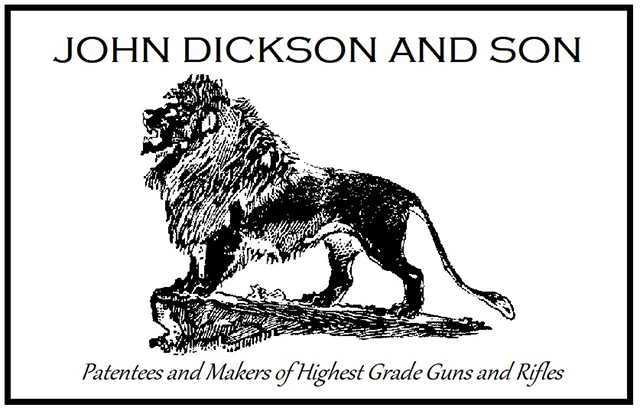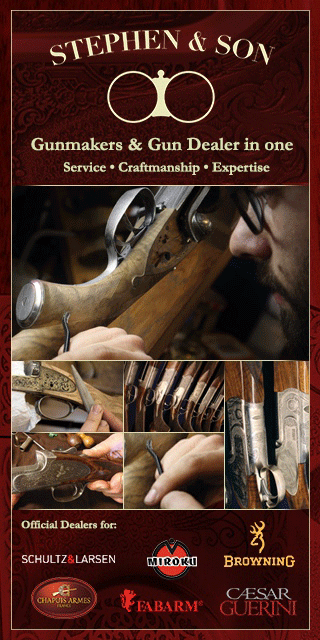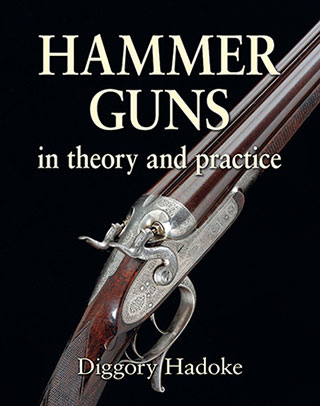A Right Royal Restoration
You can’t go wrong with a Holland & Holland ‘Royal’. The action is a simple sidelock without any complicated features. The second model, with conventionally shaped lock plates, cocks both locks when the barrels drop, as the gun is opened.
Operation is again conventional and ‘modern’ with a top-lever operating Purdey double under-bolts via a Scott spindle. These guns started to emerge from Holland & Holland in the 1890s and carried on pretty much un-altered until 1922, when the patent self-opening mechanism, housed under the forend, was added as an optional refinement.
The self-openers get all the attention; after all; the Purdey opens itself so if your ‘Royal’ is really to be a competitor, it has to do the same, right?
Not in my book. The ‘Royal’ spring-opening action is nothing like the far more complex Purdey spring-cocking action and to compare the two mechanically is pointless. The Purdey is a beautiful design. To my mind the best hammerless gun ever produced and, as made by Purdey, so beautifully constructed that it easily sits at the summit of sporting gun making.
So, why are we looking at Holland & Hollands without a self-opening mechanism today? The answer is in their simplicity, their style, their reliability, their quality of construction and their faultless handling. They have their ‘deficiencies’ if you are picky but none of them matter in the real world. As practical, high-volume shooting thoroughbreds, capable of soaking up hard use without a murmur, these early ‘Royals’ are just what you need: and they don’t cost a fortune.
The design’s origins date back to 1893 and when Holland & Holland opened their London factory in 1897, they concentrated on producing this new ‘best’ sidelock. The gun was a hit immediately and many an aristocratic gun room harboured a pair or two. Just such a pair arrived earlier this year and they got me thinking. A restoration project based on a tired pair of 1903 ‘Royals’: how was this going to work?
The guns have the most beautiful actions with the William Morris influenced deep scroll engraving that the firm deliberately chose in dramatic contrast to the muted rose and scroll styles favoured by most London gun makers.
The action is the heart of the gun and these were fresh enough to consider for a proper restoration. They also featured Holland & Holland patent single triggers and their patent ‘A-B’ ejector, which is basically the ‘Southgate’ over-centre principle mechanism (a good one).
Incidentally, I hate single triggers on old shotguns. They are an unnecessary complication and just one more thing to go wrong; but lots of people like them, so they can be a selling point. Fortunately, the Holland system is a good one, so we don’t need to worry unduly. Some systems are complete deal-breakers as they will never work properly.
The stocks had to go. Typical of aristocratic heirlooms, they had been used, not well looked-after, cut down, extended, scuffed and bodged and ultimately suffered from an amateur attempt to fit leather cheek pieces for someone getting a bruised face.
The steel barrels were of the dovetail-lump variety (not at all unusual for Holland and Boss guns but very rare on Purdeys) and 30”. They were on their original proof marks of .729 but had been lapped to .739. They would, therefore, need re-proofing and the visible pits and rivvels looked like they would pose a challenge. Should we re-proof, sleeve or re-barrel? This needs some consideration.
The pair will look lovely in their oak and leather case with all the original and correct labels, once the dust has been cleaned off. There is no doubt that these guns will rise again but what will it cost?
Re-stocking in wood of a quality befitting the guns will run to £3,500 a piece. Barrel work, re-proof and peripherals will add another £1,000 to the price. That means we need to buy them in at £2,500-£3,000 each in order to turn a profit if we are to sell them at £8,500 each or £17,000 the pair.
My preferred option would be to find a client who wants a pair of guns built to his specifications, as these would be perfect candidates. The other option is to do all the work in-house and retail them, or sell them as they are now for a small profit and be done with it.
Decisions, decisions: what would you do?
Published by Vintage Guns Ltd on (modified )



